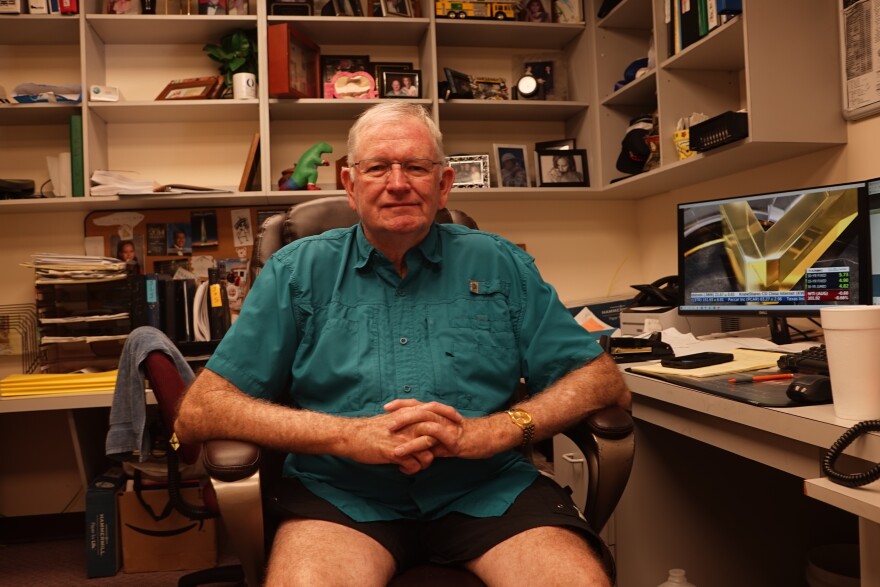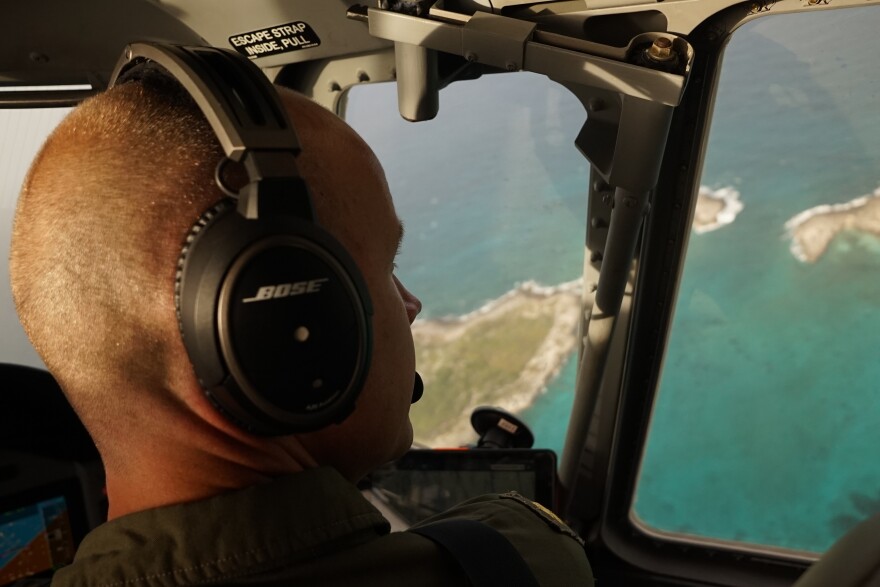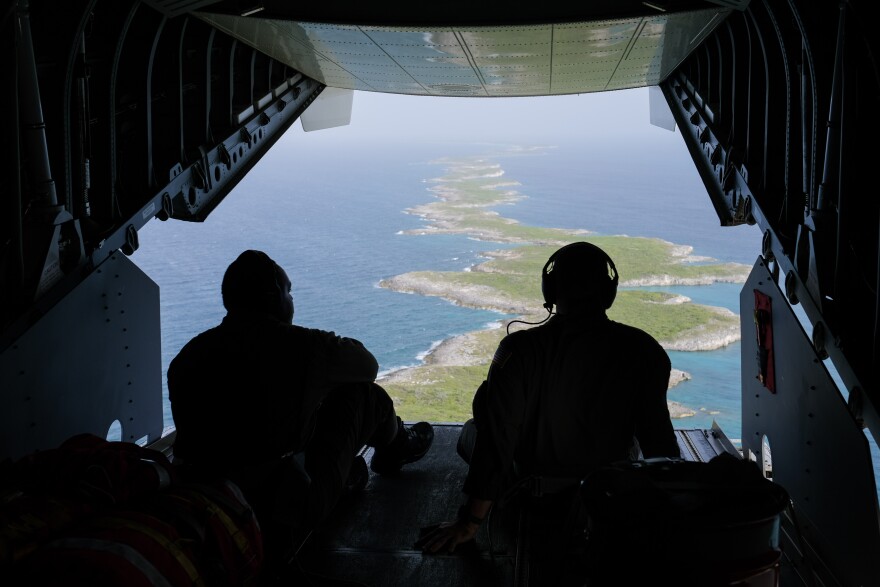You can find the transcript for this episode here.
In the sixth and final episode of Detention By Design, we explore the state of immigration detention in 2022, decades after the system was first created by the Reagan Administration in the 1980s.
In Glades County, a rural county in South Florida on the edge of Lake Okeechobee, the immigration detention system is looked at as an integral job creator.
The county government created a non-profit organization in 2002, which in turn sold $33 million in bonds to Wall Street speculators to build a new detention center. The thinking was that since immigrants facing detention have federal dollars attached to them, investors could make money off their detention — while the facility serves as 'economic development' for the rural economy.
“We have a conference call every Wednesday with the trustee and the investors, to keep them updated on exactly what's going on,” said John Ahern, a Glades County commissioner and president of the non-profit, the Glades Correctional Development Corporation.

Under this arrangement, the line between the role of government and the role of investors looking for a return is blurred.
In 2020 a group of activists began to push for the Glades County Detention Center to be shut. The facility received nearly 100 complaints and an inspection from the federal government in January of 2022 found the facility 'deficient' in five of the nineteen categories it tracks.
Pressure from the “Shut Down Glades” coalition led to letters from members of Congress to the Biden administration, asking Immigration and Customs Enforcement not to renew a contract with the facility. The White House listened, and in March of 2022 ICE severed ties with the facility. There are currently no immigrants being held at the detention center.
“We're in a situation right now where we're losing money each month. We do not have enough customers to pay the overhead that we have,” said Ahern. “The investors, they certainly don't... want it to have to close.”

For the activists, the reversal marked a major victory.
“[The problem] was that Glades detention was so far away, in the middle of nowhere. I think it gives a sense, for the people who work there, of impunity. They think that nobody's watching them,” said Maria Bilbao, an organizer with the group American Friends Service Committee who was a lead coordinator in the effort to shut down the facility.
“It’s all about money. It’s all, all about money,” said Bilbao.
In fiscal year 2021, an average of 16,000 immigrants were held in detention across the nation every day. So far in fiscal year 2022, the number has gone up to the low 20,000s.
That’s significantly lower than the peak of more than 50,000 per day in 2019, but in recent years the federal government has forced immigrants to remain in Mexico and expedited deportations without letting people apply for asylum in the first place.
Federal courts recently ruled that the Biden administration can take steps to end both those Trump-era policies, but they’re still in effect.
For his part, President Joe Biden has pushed for Congress to cut funding for immigrant detention by about 25%, potentially winding down the entire immigration system. Instead he’s pushing for alternatives, like forcing people seeking asylum to wear ankle monitors.

But different political and economic crises in both Haiti and Cuba have significantly contributed to a recent surge of immigrants taking to the seas to reach the U.S.
More Cubans in particular have come — by boat or by land — in the last year than those who fled during the Mariel Boatlift of 1980. In some ways, this mass exodus from the two nations brings things full circle, to where Detention By Design began, in the 1970s and 1980s.
“I got to Miami in 2019 and we didn’t find a whole lot of migrant vessels in 2019, but over the last year especially we’ve seen a large increase in the number of migrant vessels that we’ve been spotting out there,” said Steve Drauszewski, a lieutenant commander and a pilot for the Coast Guard in Miami.
Drauszewski piloted a recent U.S. Coast Guard flight over the southern Bahamas that WLRN joined, in which radars spotted three Cuban rafters on a boat that appeared to be sinking. A helicopter came from Florida to rescue the men; they have since been deported back to Cuba.
Detention by Design is funded by The Shepard Broad Foundation, in honor of its founder whose immigration story includes detention at age 14 - but also the warm embrace of the Miami community.


